Comparison - Cowhide vs. Camel Leather
How many times have you been to a shop to buy leather goods and inquired about their quality? This isn't trendy for many Shopaholics, but it's vital. You would be able to make a more educated decision if you can say the difference and know which leather style material is right for you.
There are various types of leather used in the manufacturing of different types of products.
Before we begin, it is important to understand that a specific type of leather cannot be classified as the best or worst, particularly when compared to other types of leather. Cowhide, for example, is durable and rough, whereas lambskin is soft to the touch.
There is no way to say one is better than the other because both leather styles have advantages and disadvantages. It also depends on the type of product being addressed, which may have a different need or be of particular interest to the owner, which moves the pendulum in a particular direction. Overall, it is a subjective topic that is subject to change.
Read on to find different animal leather bags and their properties:
1. Cowhide leather

Properties: Cowskin is much tougher, smoother, and less prone to tearing than any other form of animal leather. It is more pliable, supple, and conforms to the shape of the wearer's body. As a result, cowhide leather products are more robust. As a result, these products repel moisture, keep their shape for a long time, and are resistant to heat and sun damage, making them ideal for outerwear. Cowhide bags, wallets, belts, jackets etc made of Veg Tanned Leather are thought to be the most durable, lasting at least 40 years.
Cowhide comes in a range of weights and thicknesses, but on the whole, it is heavier and more robust, which contributes to its good looks.
What products are made the best from Cowhide leather: Jackets, wallets, shoes, bags, belts.
2. Camel Leather

Properties: It has ten times the number of fibers per square centimeter as a cowhide, which helps protect the animal in the harsh conditions where it has historically lived. It has ten times the number of fibers per square centimeter as a cowhide, which helps protect the animal in the harsh conditions where it has historically lived. As a result, the reliability of camel leather products can be relied on. It is much softer and smoother. The likelihood of camel leather being tainted is low. Exoticism is also associated with camel leather bags, wallets, belts, jackets, sandals (juttis), etc..
What products are made the best from Camel leather: Shoes, jackets, wallets, bags, etc. They are known for their tensile strength.
3. Buffalo leather

Properties- Buffalo hides have the same strength and elasticity as cowhides. The grain pattern of these products is maintained so they are not spread too far. Buffalo leather is also tanned using the brain tanning technique, which makes these bags, jackets, belts, slippers, sandals, etc comfortable and durable.
What products are made the best from Buffalo leather: Bags, jackets, belts, slippers, sandals.
Buffalo leather products are a good choice for those who want a unique pattern of leather, high durability, and the opportunity to spend money.
4. Sheepskin leather

Properties- People like sheepskin leather because it is fluffy, smooth, and lightweight. It is also highly attractive because it is stretchable and adapts to the shape of the body with use.
Sheepskin is widely used in clothing and is favored by both genders due to its soft feel. Sheepskin is one of the most intriguing topics in this section of leather styles based on animals. Sheepskin is sometimes tanned with the fleece intact and used not only for leather but also for wool.
Aside from being used for women's leather coats, caps, gloves, and boots, sheep's fleece has outstanding insulation properties and is flame and static electricity resistant. Because of its softness, sheepskin is vulnerable to harm if it comes into contact with sharp objects, and its finishing deteriorates over time.
In terms of quality, this type of leather can be distinguished by a number of characteristics, the most important of which is if the pelt, or the back of the hide, is noticeable. If the pelt is visible, a higher-quality skin with less seed will be used.
What exactly is a seed, you might wonder? And what does the seed have to do with the consistency of sheepskin? Crop, or seed contamination as it is also known, is scar tissue that persists from a healed wound that may have occurred at some point during the animal's existence.
This scar tissue will fall out, leaving small holes in the pelt after it has been processed. Once this occurs, any flaws or flaws cannot be removed or fixed.
Seed contamination is mostly relevant when discussing only the skin or pelt and should not be considered when discussing product consistency. Since leather from seed-contaminated skin could not be used in the final product.
Seed pollution is further classified or rated as follows:
- No Visible Seed- While this is not always the case and is largely based on external appearance, an invisible seed exists when no seed can be seen anywhere on the skin's surface.
- Light Seed- This form or grade often denotes the subtle visibility of seed, primarily around the animal's belly.
- Medium Seed- The appearance of a light seed along the animal's belly and legs indicates that it is of medium seed quality.
- Heavy Seed- This form of heavy seed grade is highlighted by the presence of seed along the animal's belly and legs but in a slightly larger quantity.
- Burry- This refers to the presence of light to heavy seed contamination in wool that can cause problems if not removed prior to the fleshing process, which is mostly used for rehydration and washing, as the rollers used may puncture them through the skin.
What products are made the best from Sheepskin leather: Boots, coat, jacket, gloves.
The products’ critical quality is its lack of longevity, which makes it even more important to treat it with respect.
5. Goat Leather

Properties- When it comes to taking a beating, goat skin outlasts a cowhide. Because of the presence of lanolin in the leather, it is suppler and smoother. It is even more robust than cowhide because it is resistant to water. Goatskin is warm, breathable, and very comfortable. Since goatskin is textured like a pebble, it has distinct ridges. Straight-grained goatskin leather is produced and rolled in the same direction during the drying process, while crushed goatskin is usually rolled and ironed to flatten the edges. Kidskin is a very flexible material made from young goats.
And, you must remember that goat leather that has been properly tanned will never disappoint you with its foul odor. Even if the smell still remains we recommend that you add some sodium bicarbonate or baking soda to the container and cover it with a plastic bag for 48 hours. Baking soda is an ideal neutralizer that can assist in the absorption of the odor in a reasonable timeframe.
What products are made the best from Goat leather: Bags, jackets, shoes, wallets, and many more.
(Authored and fact checked by SEO Singh.)
Frequently Asked Questions
Where Leather Gets Better

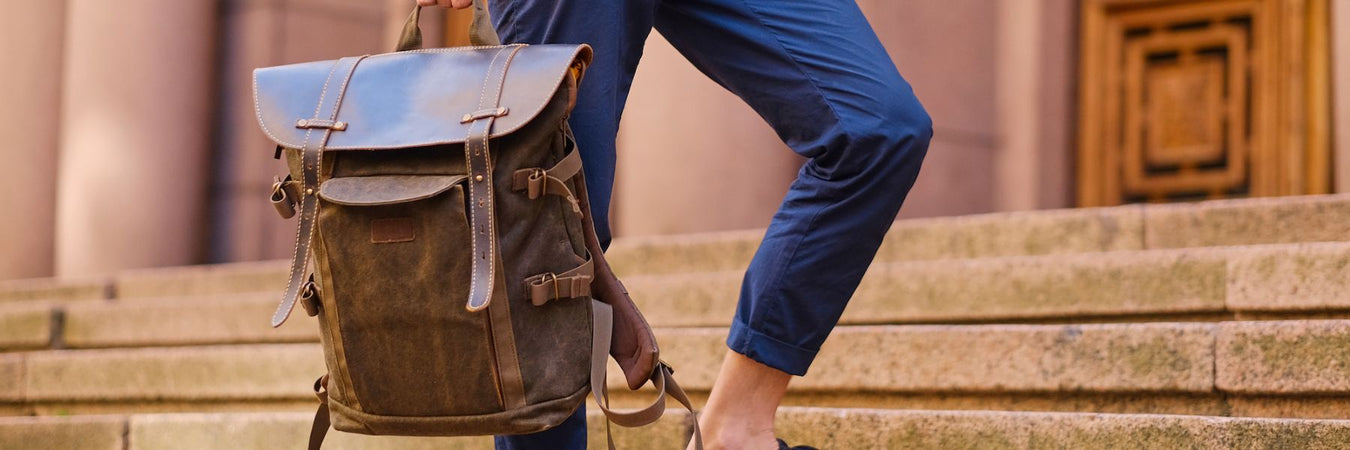
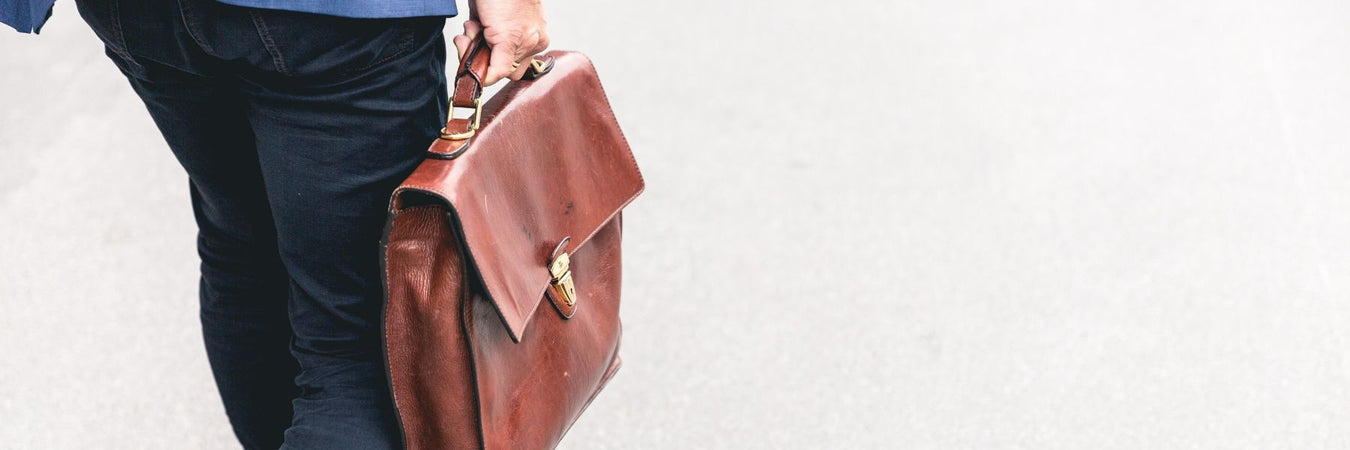
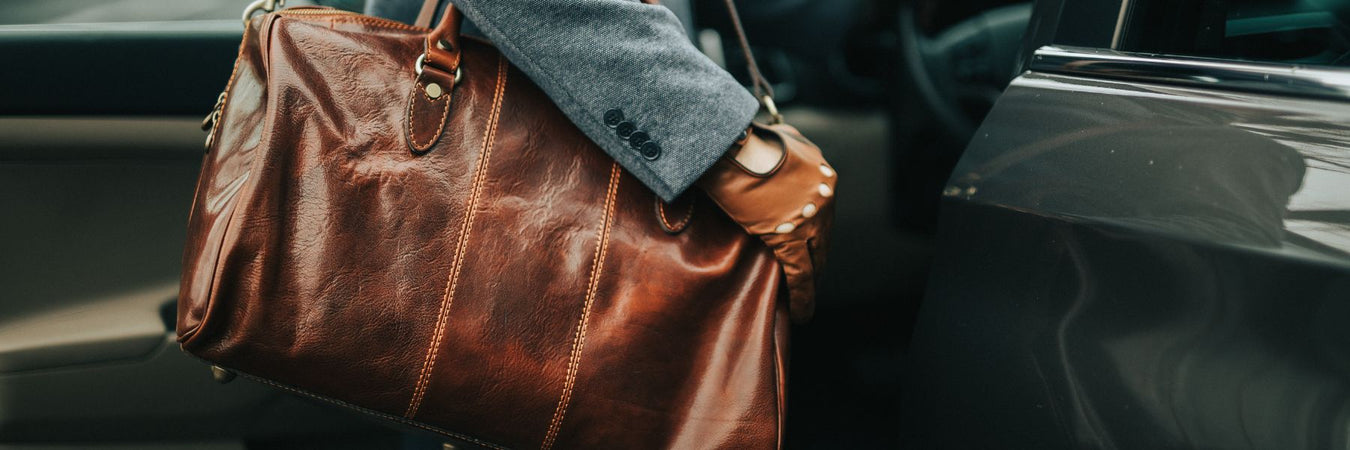
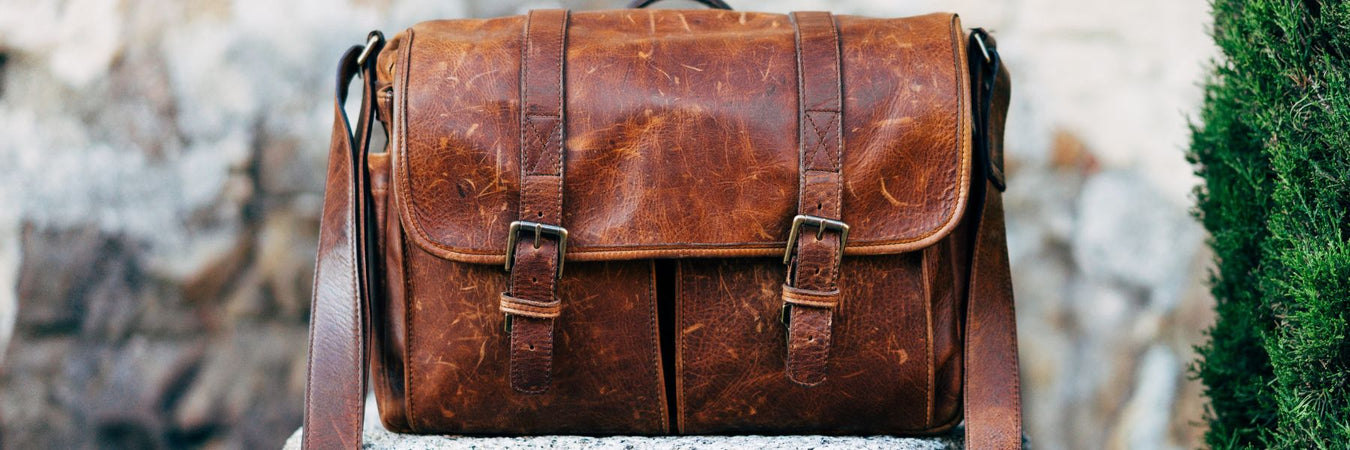
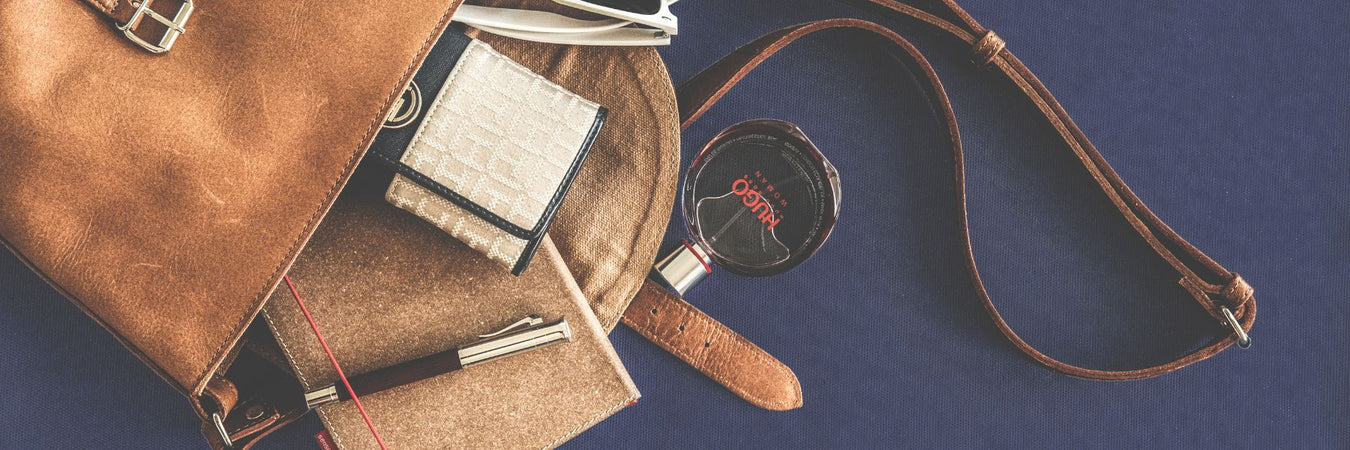
Comments
Leave a comment